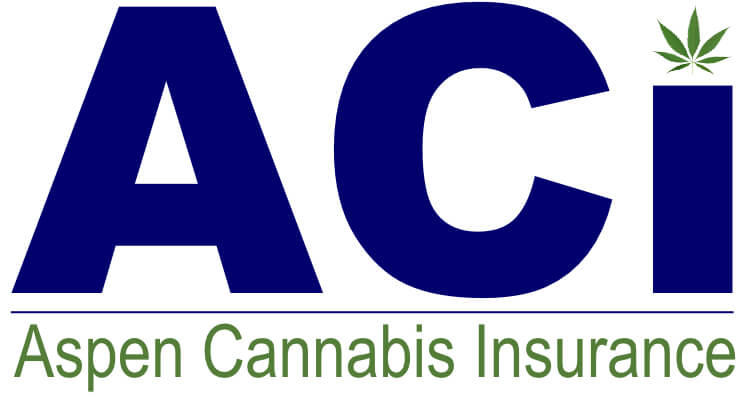
Grow Light Fire Risk
Fires and explosions have been occurring in cannabis grow houses and processing facilities for decades. Previously, most of these facilities were operating illegally and did not follow common electrical and fire safety standards. Lessons learned from these investigations were not well publicized nor applied broadly throughout the industry. However, with legalization in several US states and Canada, operators are now more concerned with the required fire and safety standards and mitigating risk.
Insurance Carriers Offering Checklists and Recommendations
The threat of fire is one that affects the entire industry. For a grower, it could result in the loss of harvest and business advantage. For the consumer, it could cause the loss of a favored product and for the retailer, a loss in inventory for sale.
One of the major causes for fire in grow facilities is exploding lights. These explosions cause plastic trays used to contain cannabis plants to ignite. The resulting damage is a nightmare for the business and for insurance carriers. Grow light fire can cause millions of dollars in property damage with plants destroyed, soot filled ventilations systems, unusable ballasts, and inoperable electrical systems. A worst-case scenario is a burning building and lives lost.
Checklist For Lighting Risk Reduction
Recommendations include daily inspections for buzzing sounds from ballast, lights flickering, and lights that start in a delayed manner. Before buying lights, operators should discuss manufacturer failure rates. A manufacture unwilling to discuss failure rates is certainly a warning to select an alternative supplier.
A grower may want to consult the following checklist in reducing fire risk:
- Use light fittings and lamps according to manufacturer operating instructions.
- Avoid any water contact with the lamps.
- Position lamps so that they are in the aisles to minimize the risk of hot particles falling into combustible items in the event of a failure.
- Remove combustible items from the close proximity of the lamps.
- Only use the appropriate replacement fittings and ensure all devices are in good working order.
- Do not modify fittings or retrofit containment barriers.
- Where lamps are in continuous operation, they should be turned off once per week for 15 minutes. This should expose and defective lamps.
- Bulbs should be replaced at 70% of their rated life, since failure rate increases with age.
- Inspect lights on a regular basis and replace any that are dim, flickering or not producing light.
- Only those employees thoroughly trained or qualified electricians should change lights.
- Do not use a lamp that has incurred physical damage.
Bulbs and Ballast
100% led lighting system is the gold standard for reducing the danger of grow fires. If the facility to be covered is not LED equipped, the insurance underwriters may raise questions on the type of ballasts and lighting manufacturers in use.
Insurance will be automatically declined if metal halide bulbs are used in high pressure sodium ballasts. The combination of these two products is problematic due to electrical incompatibility. In fact, underwriting manuals warn underwriters “The Leading Cause of Fire Losses in Cultivation Facilities Comes from HID Grow Bulb/Ballast Incompatibility.”
Ballasts are rated for a specific power draw and bulb type. Critical failures occur when bulbs are using more power than what the ballast is rated for. Bulbs must not exceed the ballast wattage limitations to avoid the risk of smoke or fire damage.
Between check lists and recommendations Cannabis insurance carriers are more assertive in underwriting and in issuing recommendations to reduce the chance of fire and fire claims.
Aspen Insurance Agency is in Denver, CO, and services clients nationwide. We are a family run business working with multiple insurance carriers to offer our customers the coverage they need at the lowest possible cost. We offer a wide range of personal, commercial, and professional insurance to residential and commercial customers enabling the cheapest rates available. Call to speak to one of our insurance professionals and see how painless insurance shopping can be.
